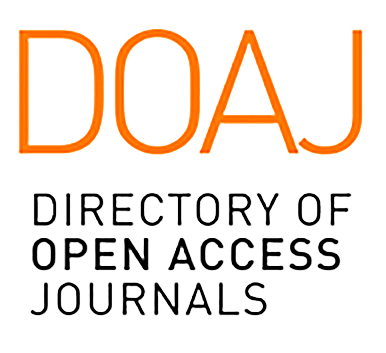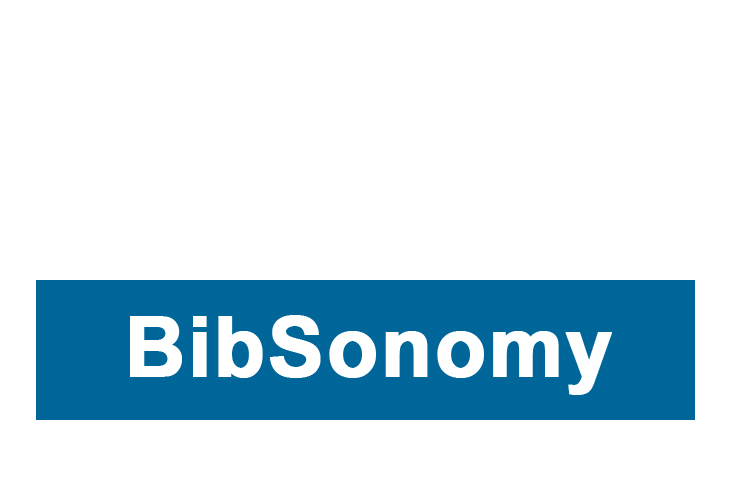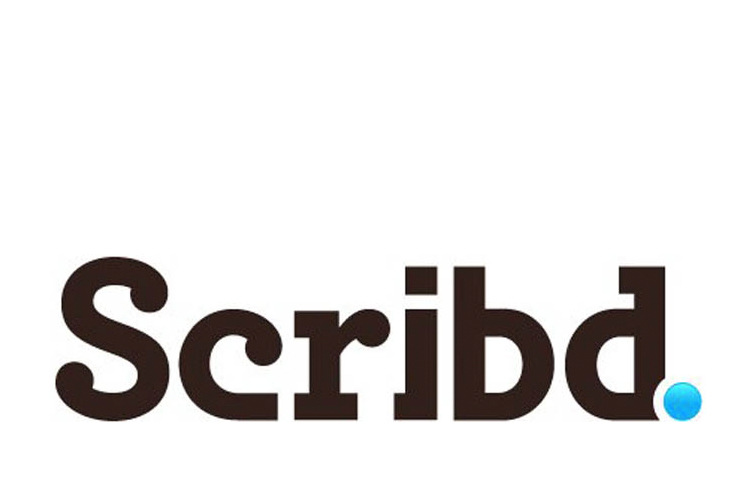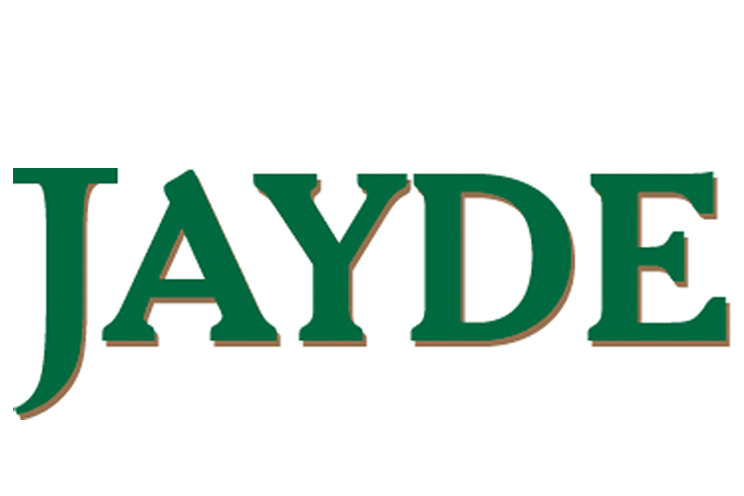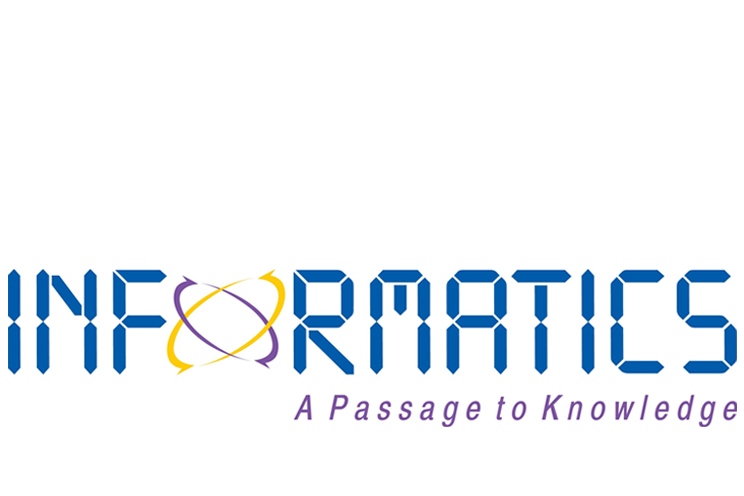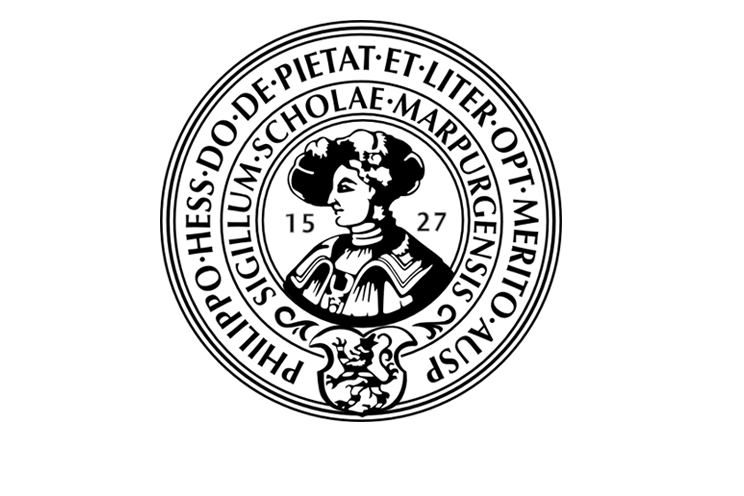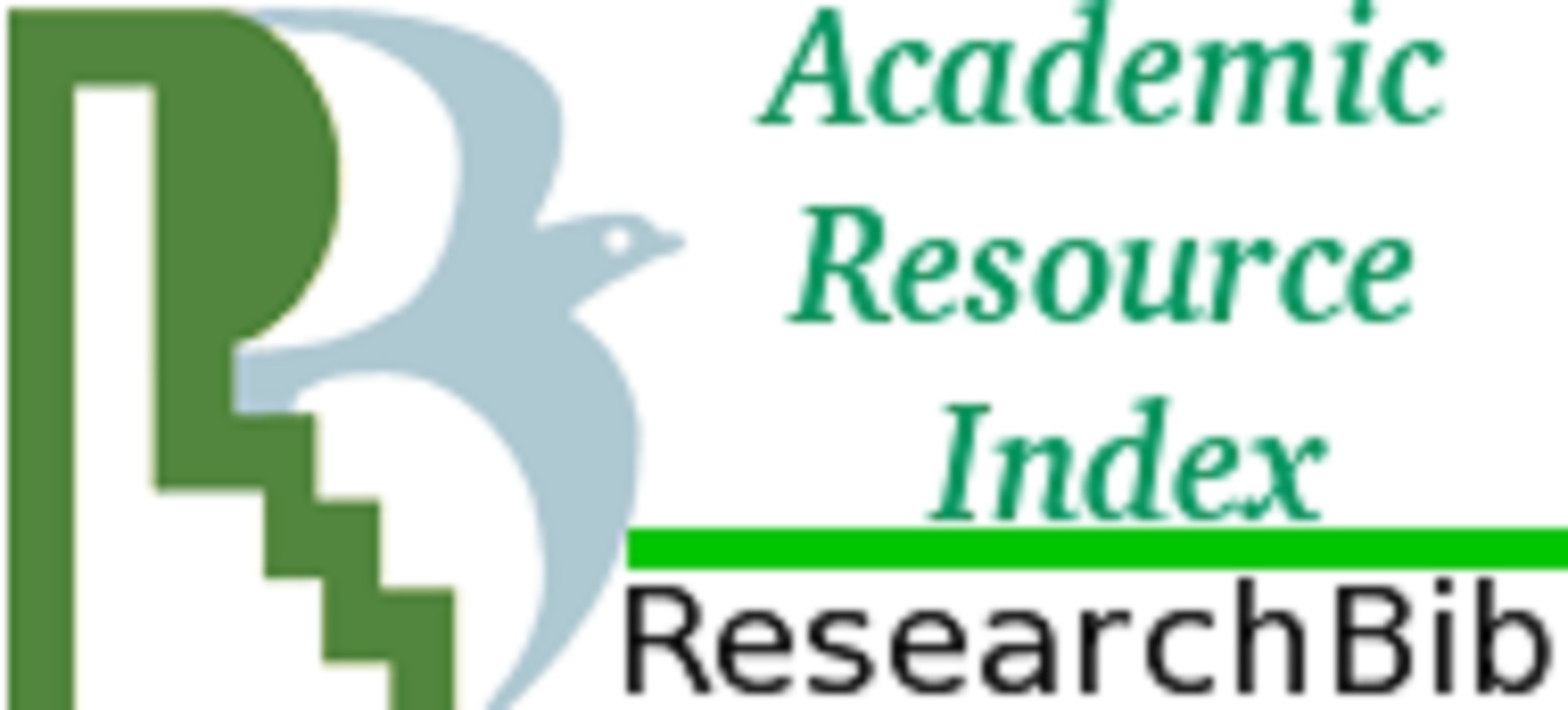Public Paper
-
Analysis of Structural Elements of Short English Stories: Their Literary Work Effectiveness Impact
ISSN: 2195-1381
Publisher: author
Analysis of Structural Elements of Short English Stories: Their Literary Work Effectiveness Impact
View Paper PDF
Abstract
A well-crafted narrative is akin to a harmonious symphony, where the interplay of structure, setting, character, genre, and theme is delicately woven together. The art of storytelling demands an orchestration of these elements, akin to an astute composer meticulously attending to each instrument, first in isolation and then in unison. The components of a story, its very essence, form the foundational building blocks upon which the narrative is erected. It is through the astute manipulation of these elements that a storyteller breathes life into their creation, infusing it with their unique artistry and imaginative prowess. These elements encompass crucial aspects such as the plot's trajectory, thematic underpinnings, the intricate interplay of characters, their distinct perspectives, pivotal scenes, dialogues that resonate, the emotional tenor, the atmospheric ambiance, the linguistic tapestry, the nuanced portrayal of time and place,...
SUBMIT CONCEPT ASK QUESTION
International Category Code (ICC):

ICC-0202
Evaluator Publisher Relations Manager
International Article Address (IAA):
Pending
Paper Profile:
Private
Visitors: 0
Paper Evaluation: Pending
ASI-Factor: 0
Paper Improving: Pending
Paper Flaws: 0
References
Baumann, J. F., & Bergeron, B. S. (1993). Story Map Instruction Using Children’s Literature: Effects on First Graders’ Comprehension of Central Narrative Elements. Journal of Reading Behavior, 25(4), 407–437. https://doi.org/10.1080/10862969309547828
Creech, N., & Bhavnagri, N. P. (2002). Teaching Elements of Story Through Drama to 1st—GradersChild Development Frameworks. Childhood Education, 78(4), 219–224. https://doi.org/10.1080/00094056.2002.10522184
Herman, D. (1997). Scripts, Sequences, and Stories: Elements of a Postclassical Narratology. Publications of the Modern Language Association of America, 112(5), 1046–1059. https://doi.org/10.2307/463482
Pardede, P. (2011). Using Short Stories to Teach Language Skills. Journal of English Teaching, 1(1), 14. https://doi.org/10.33541/jet.v1i1.49
Polkinghorne, D. E. (1995). Narrative configuration in qualitative analysis. International Journal of Qualitative Studies in Education, 8(1), 5–23. https://doi.org/10.1080/0951839950080103
Abedian, M. (1994a). An introduction to stylistic in literature (Second, Vol. 5000). Avaye no publications.
Abrams, M. H. (n.d.-a). A Glossary of Literary Terms.
Bakhtin, M. (1984a). Problems of Dostoevsky’s Poetics (Volume 8) (Theory and History of Literature) (First edition). Univ Of Minnesota Press.
Daad, S. (2006a). The dictionary of Persian and european literary concepts and terms (Third edition, Vol. 2200). Morvarid.
Flaherty, F. (2010a). The Elements of Story: Field Notes on Nonfiction Writing (Reprint). Harper Perennial.
Jacobs, H. (n.d.-a). A Glossary of Literary and Critical Terms (Valuepack Item Only).
Jones, A. (2019a). Literary Devices. Adfo Books.
Kar, J. & Jayadev Kar. (2021a). Handbook of Poetic Devices: Elements of Rhetoric & Prosody. Amsterdam University Press.
Kisak, P. B. E. F. (2015a). Literary Devices: “All Writers Should Know!” (1st ed.). CreateSpace Independent Publishing Platform.
Neal, N. (2022a). The Magic Part: A Poetic Introduction to Poetic Devices. Amazon Digital Services LLC - Kdp.
Unsavory Elements: Stories of Foreigners on the Loose in China. (2013a). Earnshaw Books.
Van O’Connor, W. (1965a). A Key to American Literature A Home Education Program in American Literature with Explanatory Comments, Questions and Answers, Including a Biographical Encyclopedia of Authors, Glosseries of Literary Terms, and Comprehensive Indexes to the Reader’s Books. Thomas Y. Crowell Company.
Wead, D. (2018a). The Literary Devices in John’s Gospel. Macmillan Publishers

